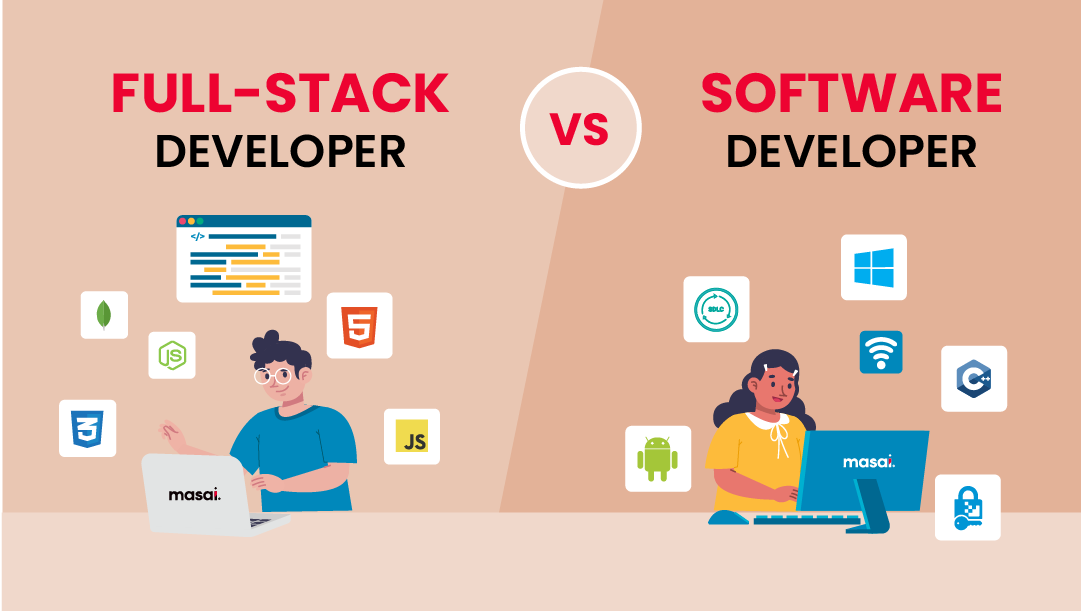Why Choosing the Right Software Development Partner Can Transform Your Project
Why Choosing the Right Software Development Partner Can Transform Your Project
Blog Article
Committed Developers vs. In-House Teams: Which Is Right for You?
The decision between making use of devoted developers and keeping an in-house group is a considerable one that can influence the trajectory of your jobs and overall organization approach. Conversely, internal teams add to a cohesive firm culture and a nuanced understanding of lasting goals.
Recognizing Dedicated Designers
The expanding need for specialized skills in the technology industry has led to the introduction of devoted programmers as a practical solution for numerous companies. These professionals are commonly contracted on a job basis, permitting companies to utilize specific know-how without the long-term commitment related to permanent hires. Dedicated designers are often embedded within a client's team, supplying flexibility and scalability to satisfy job needs.
This model allows organizations to access a worldwide ability swimming pool, which is particularly advantageous in a rapidly progressing technical landscape. Committed programmers can be sourced from various geographical locations, guaranteeing that business can discover the ideal ability established at affordable prices. They typically bring a wide range of experience and expertise, having actually serviced diverse projects across different industries.
Furthermore, specialized designers can concentrate solely on the jobs at hand, enhancing productivity and efficiency. They are equipped to incorporate flawlessly right into existing operations, teaming up carefully with in-house teams to achieve project objectives. This strategy not just minimizes the problem of employment and training but also allows companies to continue to be dexterous, adjusting promptly to altering market demands and technological advancements.
Advantages of In-House Teams

Moreover, internal teams tend to have a deeper understanding of the business's objective, values, and objectives. This alignment can boost staff member involvement and inspiration, as group members really feel extra connected to their job and the company's success. In addition, having a committed in-house group enables for much better alignment of techniques and objectives, as these participants are constantly focused on the company's priorities.
In-house teams additionally assist in quicker decision-making processes, as they can respond much more quickly to adjustments and obstacles. The well established partnerships and experience with company protocols enable for structured workflows and minimized miscommunication. Eventually, the combination of a natural culture, placement with organizational objectives, and effective interaction makes in-house groups a beneficial possession for lots of organizations, especially those aiming to grow lasting development and advancement.
Cost Considerations
When examining expense considerations, both dedicated designers and internal teams present distinctive economic ramifications for organizations. Involving committed designers usually includes a pay-per-project or hourly price design, which can be cost-effective for businesses with rising and fall job demands. This strategy enables for flexibility in scaling sources up or down, ensuring that firms only pay for the solutions they need.
On the other hand, in-house groups entail dealt with expenses, including salaries, benefits, and overhead expenditures such as office and tools. While this model supplies greater control and prompt availability of sources, it may bring about higher long-lasting expenses, especially if the work does not validate a permanent staff.
In addition, companies must take into consideration the hidden expenses related to employment and training of in-house employees, which can additionally stress spending plans. In many cases, the time and resources invested on handling an internal team can take away from the company's core organization objectives.

Job Administration and Flexibility
Job monitoring and versatility are essential elements that influence the selection between committed designers and internal teams. Committed groups frequently have actually established processes for handling tasks successfully, leveraging specific approaches like Agile or Scrum, which promote iterative progress and versatility.

Ultimately, the selection in between in-house teams and committed programmers hinges on the desired degree of versatility and the specific task administration needs. Business should review their functional dynamics, job complexity, and source accessibility to determine which choice aligns ideal with their tactical purposes.
Making the Right Option
Selecting the ideal growth technique-- internal groups or dedicated developers-- needs a cautious evaluation of different variables that straighten with a firm's strategic goals. Conversely, in-house teams can offer much better continuity and integration with existing employees.
Next, examine your budget plan. Devoted designers usually offer a cost-effective solution for temporary tasks, while internal groups may incur higher long-term expenditures as a result of wages, advantages, and expenses expenses. Evaluate the level of control and collaboration wanted; internal groups normally cultivate more powerful hire dedicated developers interaction and positioning with business culture.
If immediate outcomes are necessary, committed developers can be onboarded quickly, whereas building an in-house group takes time for recruitment and training. If constant growth is important, spending in an internal team might yield much better returns over time.
Verdict
To conclude, the choice between devoted designers and internal groups depends upon project demands and organizational goals. Devoted programmers give adaptability and customized knowledge, making them ideal for temporary campaigns. On the other hand, internal groups grow a natural society and deeper positioning with long-lasting goals. Cautious assessment of budget plan restrictions, job timelines, and desired control levels is important for identifying the most appropriate approach, ensuring alignment with calculated concerns and operational efficiency.
The choice between making use of specialized designers and maintaining an internal group is a substantial one that can impact the trajectory of your projects and total company strategy.Job management and adaptability are important elements that affect the choice in between specialized developers and internal teams. nearshore software development.In contrast, internal groups might succeed in keeping a constant task management structure due to their familiarity with the organization's society and long-term goals. Committed developers usually present an economical solution for short-term jobs, while internal teams may sustain greater long-lasting expenditures due to salaries, benefits, and overhead prices.In conclusion, the decision between internal groups and dedicated developers hinges on job needs and business objectives
Report this page